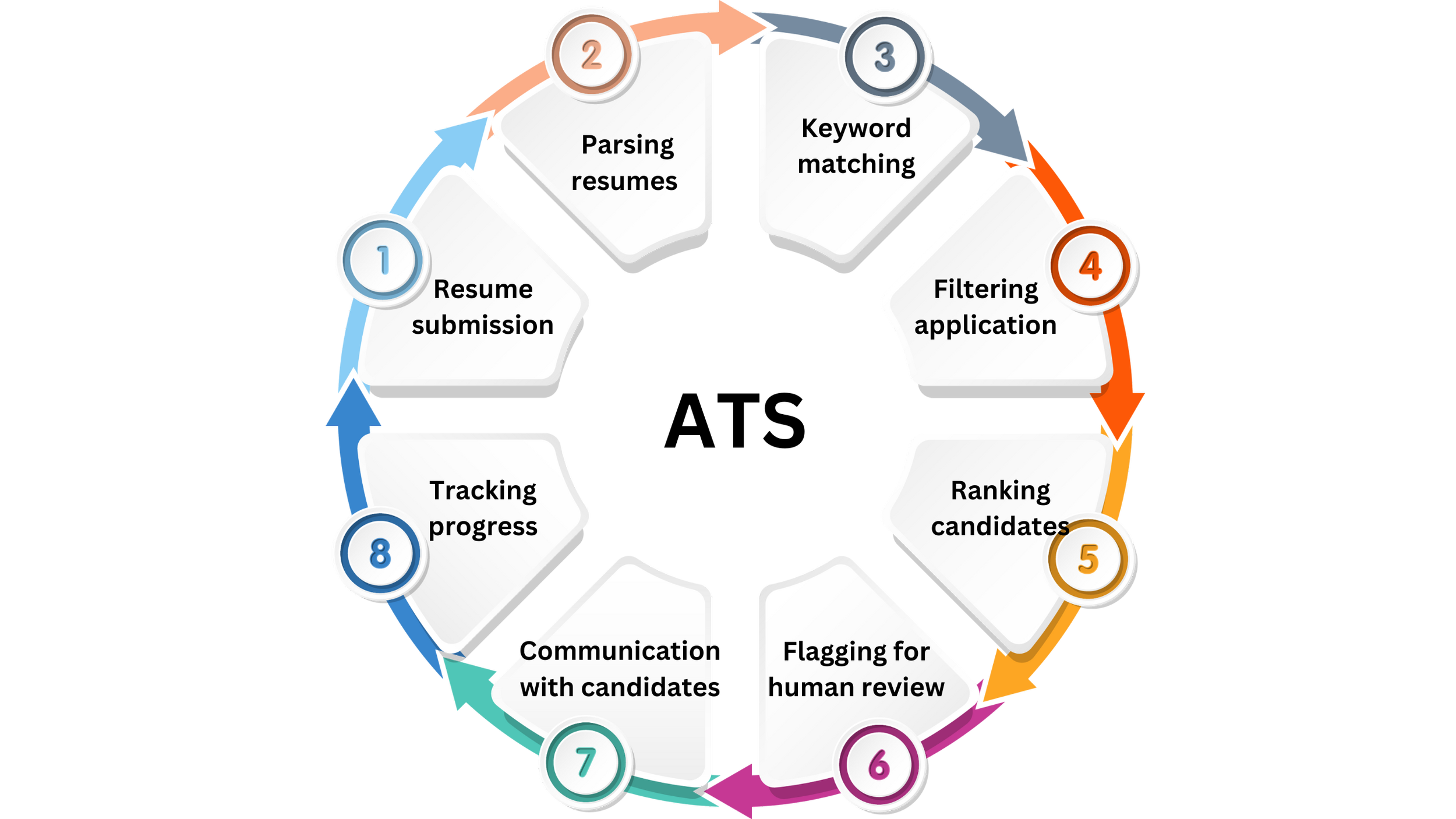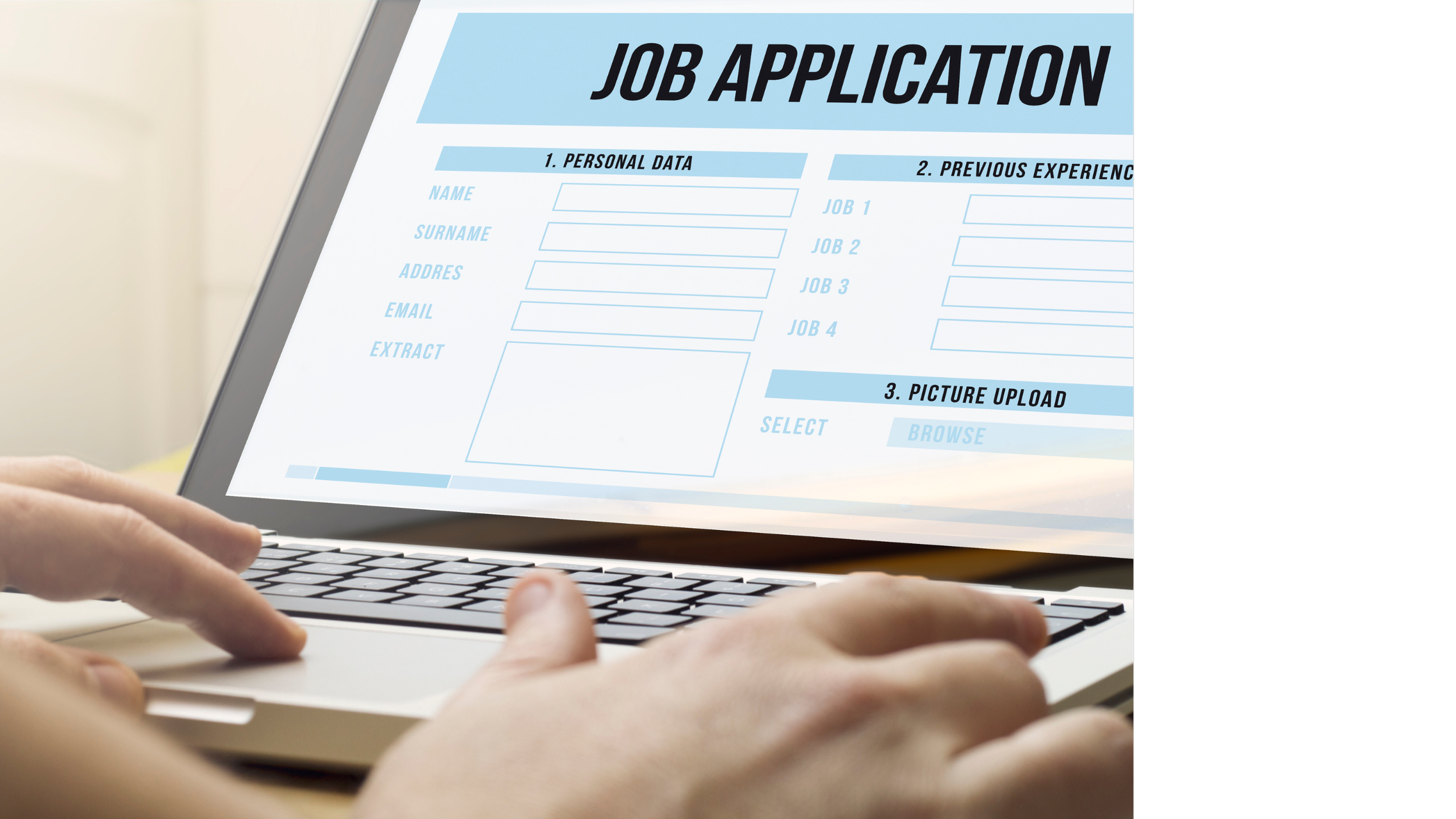Mastering the ATS: Hacks Resume for success
Let’s talk about the infamous Applicant Tracking System (ATS) — that annoying wall standing between you and your dream job. If you’ve ever spent hours perfecting your resume only to get ghosted by every company, you’re not alone. Seriously, we’ve all been there, wondering if our resume ended up in some digital trash can. Spoiler alert: It probably did.
These systems are supposed to help recruiters find the best candidates faster, but for most of us, they feel more like the gatekeepers of disappointment. A study by Jobscan found that over 98% of Fortune 500 companies use ATS software, and a whopping 75% of resumes never make it past the system (Jobscan). Yep, you’re not crazy — the odds really are stacked against you.
What is an ATS?
An Applicant Tracking System (ATS) is software used by employers to screen and sort job applications. When you apply for a job, the ATS scans your resume and organizes the information into sections like skills, work experience, and education. It then compares your resume to the job description by looking for specific keywords, such as required skills or qualifications. Resumes that don’t meet the criteria are filtered out, while the strongest matches are ranked and sent to the recruiter for further review. This process helps employers quickly identify the most qualified candidates from a large pool of applications.
8 Steps of an application tracking system
What’s the Deal with ATS?
Imagine this: Applicant Tracking Systems (ATS) are like Tinder for recruiters, but instead of looking at your best selfie, they're evaluating your resume for "compatibility." These systems are programmed to scan for specific keywords, preferred formatting, and overall "relevance" to the job description. If your resume ticks enough boxes, you might get the coveted swipe right to proceed to an actual human review. But if not? It’s an instant rejection—no explanations, no second chances, just back to the drawing board.
Here’s where it gets tricky: ATS platforms can be surprisingly picky. They don’t appreciate fancy fonts, creative designs, or non-standard layouts. Imagine submitting a beautiful, visually striking resume that screams, "I’m innovative and unique!" The ATS, unfortunately, might only see a jumbled mess of unrecognizable text. It’s the resume equivalent of showing up to a formal gala in a Hawaiian shirt—daring, but totally out of place in the eyes of the gatekeeper.
Now, here’s the kicker: Have you ever felt like you matched more than 85% of a job description, fully confident you could ace the role, only to get ghosted? Not even a call back for a quick introduction? Instead, within 24 hours, you receive an automated email saying, "Sorry, we decided to pursue other candidates." It’s deflating, right? Well, I’ve been there too. It’s frustrating to feel like your qualifications and potential aren’t even being considered because an algorithm couldn’t see your worth.
An Applicant Tracking System (ATS) is software used by employers to screen and sort job applications. When you apply for a job, the ATS scans your resume and organizes the information into sections like skills, work experience, and education. It then compares your resume to the job description by looking for specific keywords, such as required skills or qualifications. Resumes that don’t meet the criteria are filtered out, while the strongest matches are ranked and sent to the recruiter for further review. This process helps employers quickly identify the most qualified candidates from a large pool of applications.
How to Outsmart the Algorithm
Use Their Language: Here’s the deal, recruiters (or rather, the algorithms they use) don’t have time to decode creative phrasing. They’re scanning for exact matches to the job description’s keywords. If they want “project management skills,” don’t try to stand out by saying “oversaw initiatives” or “led teams.” Use their exact terminology. This isn’t cheating—it’s adapting your approach to meet their needs. Think of it as speaking the recruiter’s language.
Customize Every Time: Yes, it’s tedious. Yes, it feels repetitive. But submitting the same generic resume to every job is like casting a wide net in the wrong pond. Take the time to tweak your resume for each job posting. Highlight the specific skills, experiences, and keywords that match what the employer is seeking. It’s more work upfront, but it drastically increases your chances of getting past the algorithm.
Keep It Simple: Unless you’re applying for a creative design role, keep your resume formatting plain and professional. Stick to clean fonts like Arial or Times New Roman, avoid graphics, tables, or text boxes, and organize everything logically. ATS systems often misread fancy layouts, turning your masterpiece into an unreadable mess. Think function over form: this isn’t a graphic design contest, it’s a test of clarity and compatibility.
Have a Plain Text Backup: ATS loves simplicity. A plain text version of your resume (saved as a .txt file) ensures compatibility, even with older or less sophisticated systems. It’s also a great way to strip out hidden formatting errors that could trip up the algorithm. Keep this version on hand as a fallback.
Follow Instructions to the Letter: Job postings sometimes specify file formats, submission guidelines, or even naming conventions. Don’t ignore these. If the listing asks for a .docx file, don’t upload a PDF. Some ATS systems have trouble parsing PDFs or other formats, and not following directions could cost you the opportunity. Play by their rules—it’s an easy way to stay in the game.
Be Smart with Keywords: Yes, keywords are important, but overstuffing your resume with them will backfire. Saying, “Project management project manager with project management expertise” doesn’t make you look qualified; it makes you look desperate. Use keywords naturally, weaving them into your descriptions of accomplishments and responsibilities. Let the quality of your content shine while still signaling to the ATS that you meet the requirements.
Bonus: Run your resume through a free ATS scanner online to see how well it scores against job postings. This gives you a sense of how the algorithm interprets your formatting, keywords, and structure. Tweak as needed until it’s ready to perform.
The Bigger Problem: Robots Deciding Your Fate
Let’s be real for a second: ATS systems are kind of unfair. They’re programmed by humans, which means they’re as flawed as the people who create them. They’re biased toward cookie-cutter resumes and often miss candidates with unique or non-traditional backgrounds. If you’ve had a career break, switched industries, or just took a less conventional path, good luck getting through.
And here’s the kicker: These systems might even be hurting diversity. A 2019 Harvard Business Review article found that ATS platforms can unintentionally screen out candidates from underrepresented backgrounds (Harvard Business Review). So much for “we value diversity” on every corporate website ever.
Let’s Get a Little Sarcastic
But hey, let’s not be too hard on ATS. After all, it’s just doing its job — ignoring perfectly qualified candidates because they dared to use Helvetica instead of Calibri. Bravo, technology. Bravo.
What Can You Do? Here’s some hacks
After all the frustration of resumes vanishing into the ATS void, let’s focus on actionable solutions. It’s not just about working harder—it’s about working smarter. By understanding how these systems operate and leveraging the right tools, you can shift the odds in your favor. Let’s talk solutions—because yes, there are ways to beat the ATS at its own game. First, familiarize yourself with tools that can help. Platforms like Jobscan analyze your resume against a job posting, showing you exactly what to tweak for a better match.
ResumeWorded is another handy option that gives feedback on your resume’s tone, format, and keyword alignment.
Zety takes it a step further by providing customizable templates that are ATS-friendly right out of the gate. These tools are like cheat codes for job seekers navigating this chaotic process.
For now, the best thing you can do is play the game. Optimize your resume, use the right keywords, and keep it simple. But let’s not lose sight of the bigger picture. Companies need to rethink how they hire. Automation should be a tool, not a crutch. Until recruiters start treating candidates like actual humans, we’re all just stuck in this algorithmic mess.
So, tailor your resume, hit those keywords, and cross your fingers. In the battle of job seekers versus ATS, you’re not just a candidate—you’re a warrior. Go get ‘em.
If you’re looking for even more help navigating the world of ATS and crafting a winning resume, there’s a wealth of knowledge out there in book form. Check our top 3 suggestion in our article Must-Read Books to Ace ATS Resumes & Land Your Dream Job These resources dive deep into strategies, insights, and practical tips to boost your chances of success. Let’s explore some highly recommended books that can guide you through the process and beyond

